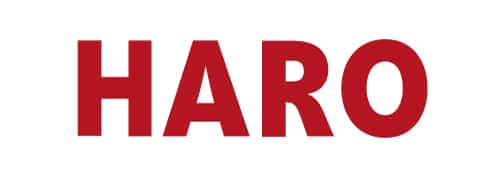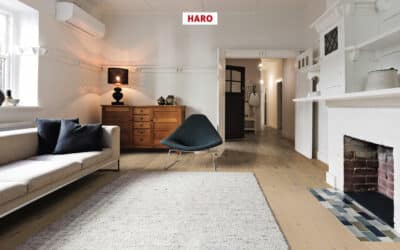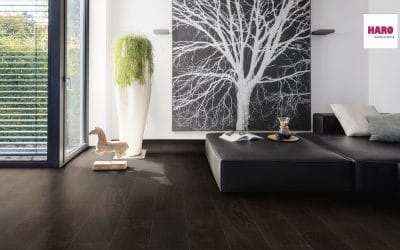
Engineered timber flooring, a marvel of modern flooring technology, combines the timeless allure of wood with the advancements of contemporary engineering. This exploration traces the history and evolution of engineered wood flooring, its production advancements, and benefits, while also acknowledging the exemplary contributions of industry leaders like HARO Flooring.
Historical Origins of Engineered Timber Flooring
Engineered timber flooring emerged in the 1960s, offering an innovative solution to the limitations of solid wood flooring. Its inception marked a significant shift in the flooring industry, addressing issues like warping and high costs associated with traditional solid wood floors. Initially seen as a cost-effective alternative, engineered flooring soon became appreciated for its aesthetic appeal and practicality.
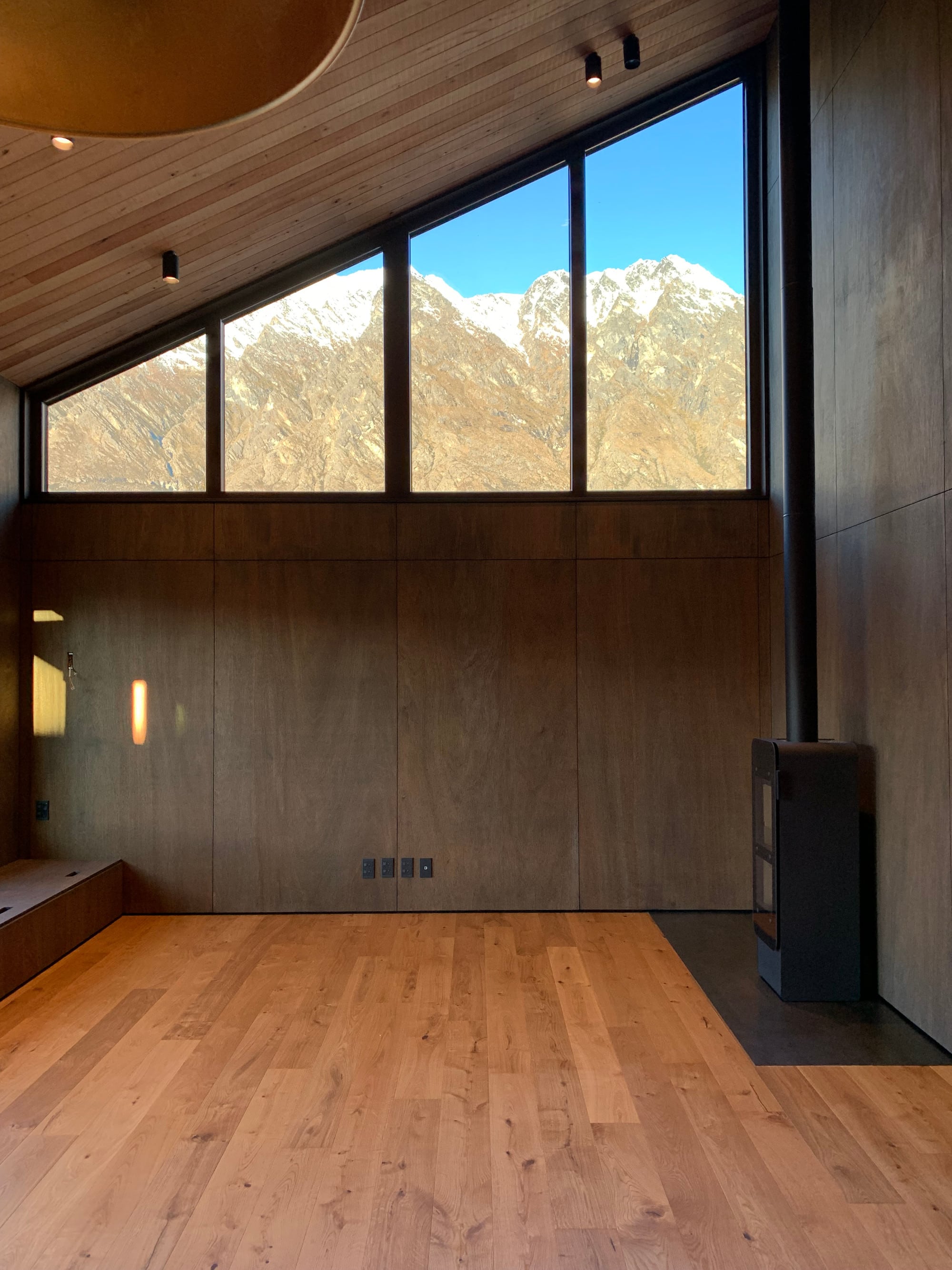
The Evolution of Production Techniques
Over the decades, the production of engineered wood flooring has seen remarkable advancements:
- 1960s-1970s: Early versions were relatively simple, featuring a top layer of hardwood adhered to a plywood base.
- 1980s-1990s: Improvements in adhesives and milling techniques enhanced the stability and appearance of engineered floors.
- 2000s-Present: Modern engineered floors boast sophisticated multi-layer constructions, improved wear layers, and a vast array of finishes and styles, catering to diverse tastes and needs.
The Layered Structure: Unpacking the Engineering
A typical engineered wood floor comprises several layers:
- Top Layer (Veneer): A thin slice of real wood, offering the natural beauty and unique character of solid hardwood.
- Core Layers: Multiple layers of plywood or high-density fiberboard (HDF) provide stability, reducing the wood’s natural tendency to expand and contract.
- Backing Layer: This foundational layer ensures the floor remains flat and stable over time.
Comparative Benefits: Engineered vs. Solid Wood Flooring
Engineered wood flooring boasts several advantages over traditional solid wood:
- Enhanced Stability: The cross-layered structure combats the natural tendency of wood to expand and contract with changes in humidity, making it suitable for a wider range of environments, including below-grade installations.
- Design Versatility: Engineered floors offer a diverse range of wood species, finishes, and styles, enabling greater creative freedom.
- Sustainable Option: Utilizing a thinner layer of hardwood conserves valuable timber resources, making engineered floors a more eco-friendly option.
- Cost-Effectiveness: Often more affordable than solid wood, engineered flooring provides a practical solution for budget-conscious consumers seeking the warmth and elegance of wood.
- Ease of Installation: The modern engineered floors can be installed in various ways, including floating installations, which are less invasive and quicker than traditional methods.
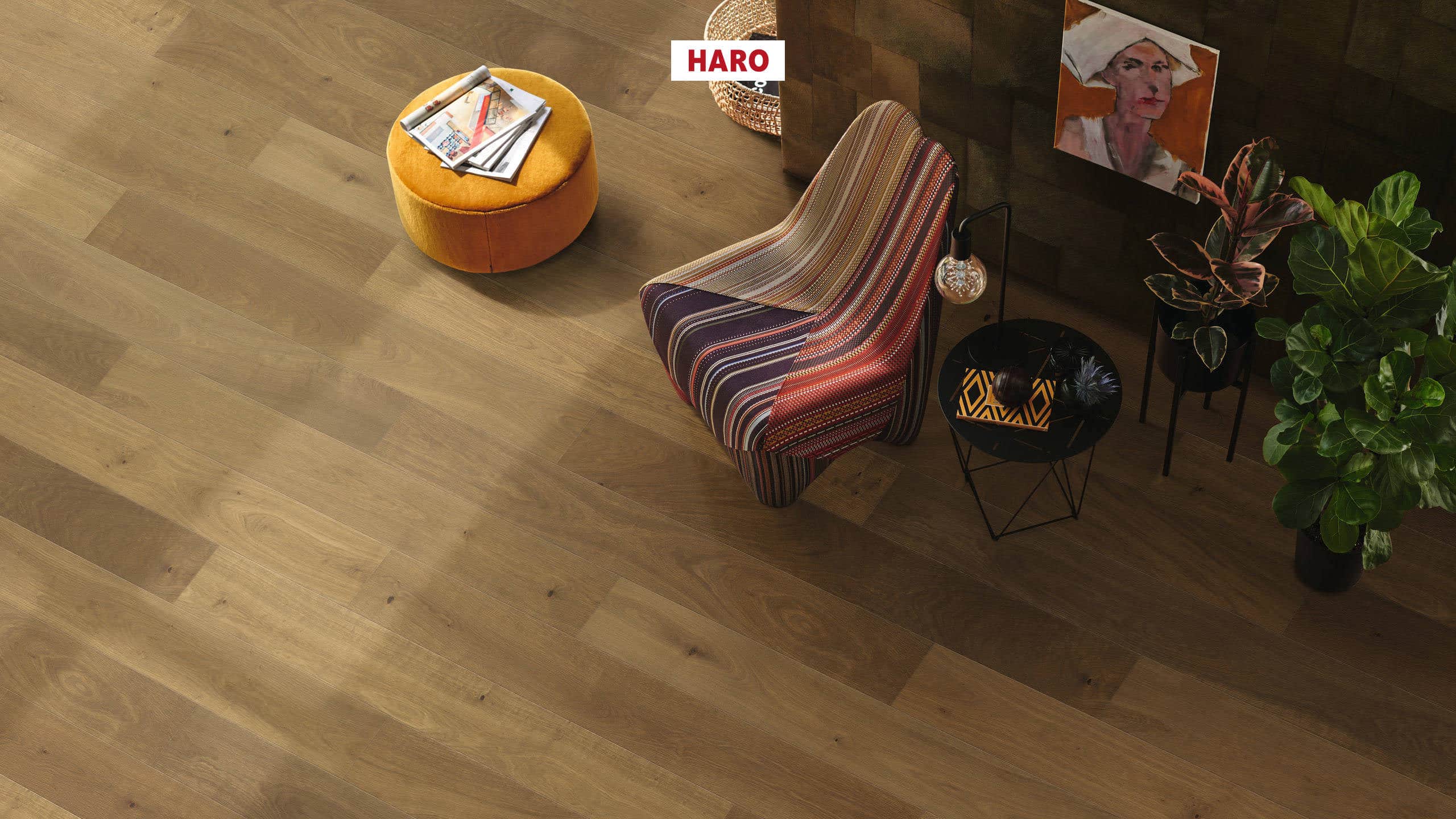
Sustainability in Modern Flooring
With a growing emphasis on sustainable practices, engineered wood flooring manufacturers, such as HARO, prioritize eco-friendly sourcing and production. The use of sustainably harvested wood, efficient manufacturing processes, and a commitment to recycling and reducing waste, contribute to the environmental appeal of engineered wood flooring.
Conclusion
The story of engineered timber flooring is one of continuous innovation and adaptation. It stands today not just as an alternative to solid wood flooring, but as a preferred choice for many, balancing beauty, practicality, and sustainability. As we appreciate the journey of engineered wood flooring, it’s clear that it represents a harmonious blend of nature’s gift and human ingenuity, making it an ideal choice for those seeking the charm of wood with the benefits of modern engineering.
Related Articles
Related
Introduction to Engineered Timber Flooring
In the quest for luxurious yet environmentally conscious flooring, engineered timber stands as an exemplary choice. This sophisticated option marries the timeless allure of natural wood with the advances of modern technology. As we delve deeper into the realm of...
Navigating The Future Of Home Design: A 2024 Perspective
Navigating The Future Of Home Design: A 2024 Perspective In the realm of home design, 2024 is shaping up to be a year where personal expression, comfort, and eco-conscious luxury take centre stage. This discussion ventures into the heart of these themes, offering...
HARO Honoured Once Again For Its Focus On Sustainability
Rosenheim – HARO wins over consumers. More and more shoppers today look beyond the price tag when they make their buying decisions. For years now, one of the other factors they consider in these decisions is whether a company is sustainable and is widely known for...
